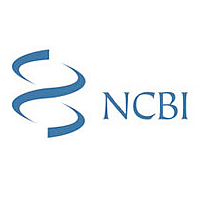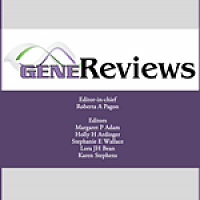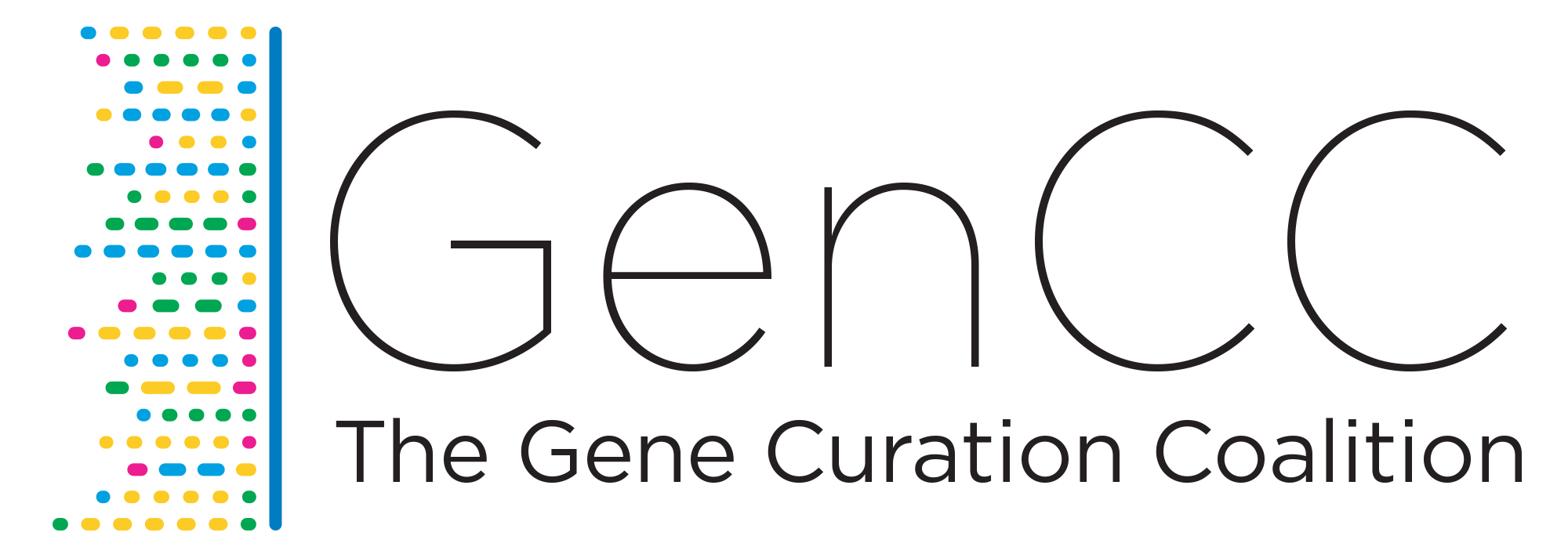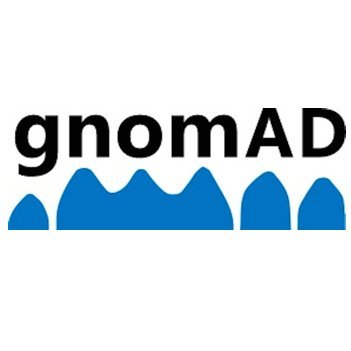Developmental Brain Disorder Gene Database
LoF Variant Gene
Gene
Search
Tier
1
RIMS1
HGNC:17282 (protein-coding gene)
regulating synaptic membrane exocytosis 1
- Unique Cases:
- 13
- Disorders:
- ID, ASD, EP, SCZ
- Last Updated:
- November 4, 2024
Gene Summary:
- DBD Genes Classification
- RIMS1 is a High Confidence candidate gene classified as Tier 1. Tier 1 genes have three or more de novo pathogenic loss-of-function variants.
- Gene Function
- Rab effector involved in exocytosis (By similarity). May act as scaffold protein that regulates neurotransmitter release at the active zone. Essential for maintaining normal probability of neurotransmitter release and for regulating release during short-term synaptic plasticity (By similarity). Plays a role in dendrite formation by melanocytes (PubMed:23999003). {ECO:0000250|UniProtKB:Q99NE5, ECO:0000269|PubMed:23999003}. (Source: Uniprot)
- Previous symbols
- RAB3IP2, CORD7
- Alias symbols
- RIM, KIAA0340, RIM1
- Chromosomal Location
- 6q13
- Genomic Coordinates
- GRCh37:chr6:72596406-73112845
- GRCh38:chr6:71886703-72403145
- Associated Disorders
- Intellectual Disability, Autism, Epilepsy
Predictive Scores:
- HI Score (Decipher)
9.51
- pLI (gnomAD)
0.99
- LOEUF (gnomAD)
0.29
Classifications from External Sources:
- SFARI Score (SFARI)
1
- DDG2P Classification (DDG2P)
No Classification
- ClinGen Classification (ClinGen)
No Classification
- GenCC Classification (GenCC)
Limited3 Supportive1 Disputed Evidence1 Strong1
Cases:
Publications:
| Husson T et. al., Rare genetic susceptibility variants assessment in autism spectrum disorder: detection rate and practical use., Transl Psychiatry, 2020 |
| Iossifov I et. al., De novo gene disruptions in children on the autistic spectrum., Neuron, 2012 |
| Dong S et. al., De novo insertions and deletions of predominantly paternal origin are associated with autism spectrum disorder., Cell Rep, 2014 |
| Guo H et. al., Inherited and multiple de novo mutations in autism/developmental delay risk genes suggest a multifactorial model., Mol Autism, 2018 |
| Wang T et. al., De novo genic mutations among a Chinese autism spectrum disorder cohort., Nat Commun, 2016 |
| Wang Q et. al., Effect of Damaging Rare Mutations in Synapse-Related Gene Sets on Response to Short-term Antipsychotic Medication in Chinese Patients With Schizophrenia: A Randomized Clinical Trial., JAMA Psychiatry, 2018 |
External References:

NCBI: Gene
Integrates information from a wide range of species. A record may include nomenclature, Reference Sequences (RefSeqs), maps, pathways, variations, phenotypes, and links to genome-, phenotype-, and locus-specific resources worldwide.

Gene Reviews
An international point-of-care resource for busy clinicians, provides clinically relevant and medically actionable information for inherited conditions in a standardized journal-style format, covering diagnosis, management, and genetic counseling for patients and their families.

DECIPHER
DECIPHER (DatabasE of genomiC varIation and Phenotype in Humans using Ensembl Resources) is an interactive web-based database which incorporates a suite of tools designed to aid the interpretation of genomic variants.
DECIPHER enhances clinical diagnosis by retrieving information from a variety of bioinformatics resources relevant to the variant found in the patient.

SFARI
SFARI Gene is an evolving online database designed to permit quick entrée into the genetics of autism, and to help researchers track the ever-expanding genetic risk factors that emerge in the literature.

ClinGen
ClinGen is a National Institutes of Health (NIH)-funded resource dedicated to building an authoritative central resource that defines the clinical relevance of genes and variants for use in precision medicine and research.

GenCC
The GenCC DB provides information pertaining to the validity of gene-disease relationships, with a current focus on Mendelian diseases.

gnomAD
The Genome Aggregation Database (gnomAD) is a resource developed by an international coalition of investigators, with the goal of aggregating and harmonizing both exome and genome sequencing data from a wide variety of large-scale sequencing projects, and making summary data available for the wider scientific community.
